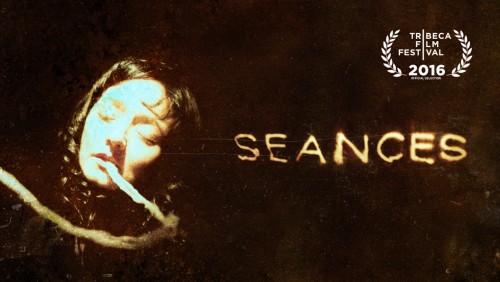
Seances presents a new way of experiencing film narrative, framed through the lens of loss. In a technical feat of data-driven cinematic storytelling, films are dynamically assembled in never-to-be-repeated configurations. Each exists only in the moment, with no pausing, scrubbing or sharing permitted, offering the audience just one chance to see this film before it disappears.
The project was born from the mind of one of the world’s foremost outré directors, Guy Maddin, who has long been haunted by the idea that 80% of films from the silent era have been lost. Driven by the desire to reincarnate this vanished history, an abundance of these films have been reimagined by Maddin and brothers Evan and Galen Johnson, with the express goal of combining and recombining them to create infinite narrative permutations.
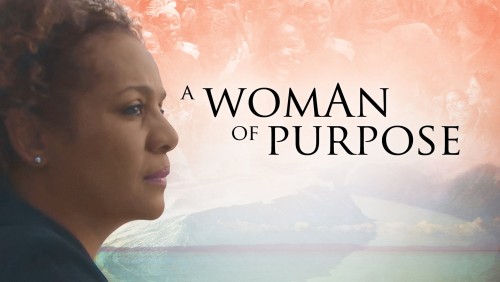
In 2005, Michaëlle Jean became the Governor General of Canada. A dedicated journalist and citizen of the world, she devoted her mandate to youth, women, Indigenous people, and culture, promoting social change and international diplomacy. In 2010, the tragic earthquake in Haiti took her back to her native land. Michaëlle Jean: A Woman of Purpose is an insider’s look and a thoughtful portrait of the woman and the stateswoman.
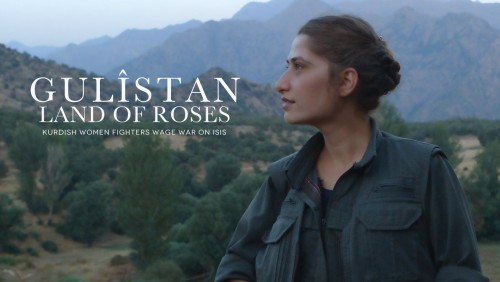
They belong to the armed wing of the PKK, the Kurdistan Workers’ Party, which is also an active guerrilla movement. The mission of these female fighters? Defend Kurdish territory in Iraq and Syria, and defeat ISIS (the armed militants of the so-called Islamic State group), all while embodying a revolutionary ideal advocating female empowerment.
As filmmaker Zaynê Akyol follows their highly regimented lives, seasoned fighters like Rojen and Sozdar openly share with us their most intimate thoughts and dreams.
Even as fighting against ISIS intensifies in the Middle East, these women bravely continue their battle against barbarism. Offering a window into this largely unknown world, Gulîstan, Land of Roses exposes the hidden face of this highly mediatized war: the female, feminist face of a revolutionary group united by a common vision of freedom.
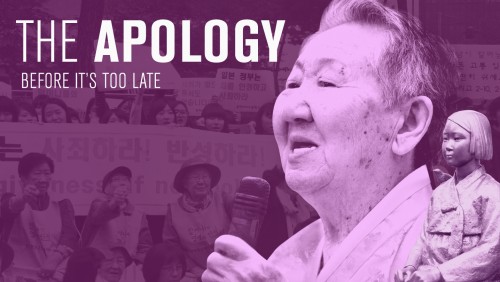
The Apology follows the personal journeys of three former “comfort women” who were among the 200,000 girls and young women kidnapped and forced into military sexual slavery by the Imperial Japanese Army during World War II. Some 70 years after their imprisonment in so-called “comfort stations”, the three “grandmothers—Grandma Gil in South Korea, Grandma Cao in China, and Grandma Adela in the Philippines—face their twilight years in fading health. After decades of living in silence and shame about their past, they know that time is running out to give a first-hand account of the truth and ensure that this horrific chapter of history is not forgotten. Whether they are seeking a formal apology from the Japanese government or summoning the courage to finally share their secret with loved ones, their resolve moves them forward as they seize this last chance to set future generations on a course for reconciliation, healing, and justice.
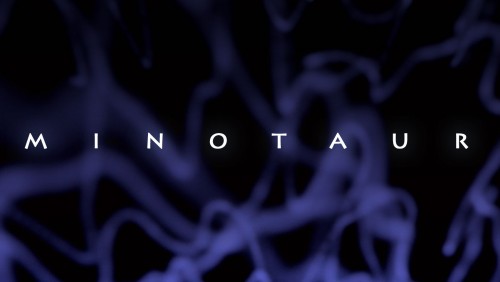
The archetypal hero takes a journey through seven stages: birth, childhood, mission, labyrinth, monster, battle and death/rebirth. Through purely abstract, moving images, the corresponding emotional states are conveyed: calm, love, joy, surprise, fear, anger/hate, and death/rebirth leading again to calm.
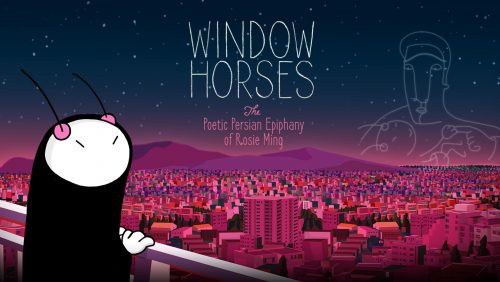
Window Horses is an animated feature! It's about love (it's always about love…) - love of family, poetry, history, culture. Here's the story: Rosie Ming, a young Canadian poet, is invited to perform at a Poetry Festival in Shiraz, Iran, but she’d rather be in Paris. She lives at home with her over-protective Chinese grandparents and has never been anywhere by herself. Once in Iran, she finds herself in the company of poets and Persians, all who tell her stories that force her to confront her past; the Iranian father she assumed abandoned her and the nature of Poetry itself. It’s about building bridges between cultural and generational divides. It’s about being curious. Staying open. And finding your own voice through the magic of poetry.
Rosie goes on an unwitting journey of forgiveness, reconciliation, and perhaps above all, understanding, through learning about her father’s past, her own cultural identity, and her responsibility to it.
This film is our small effort to try and add a little more peace, love and understanding to our increasingly complex and conflicted world through art, poetry, history and cultur

In a world of AI and self-driving cars, who determines the ethics algorithm to handle emergency situations? In this VR vignette, the user is slowed down to bullet-time, becoming the computer, and forced to confront a hard decision where there is plenty of data, but no easy answer.
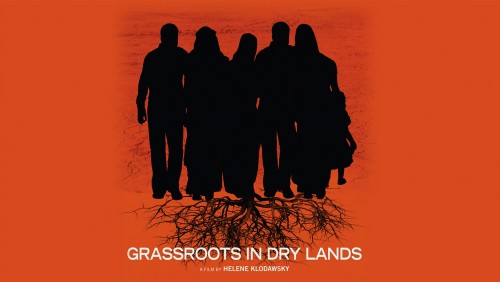
Set in Palestine, Israel and Jordan, Grassroots in Dry Lands reveals a unique human-rights-based approach to democratic change taking root in neighbourhoods across the region. Through intimate access to the world of social workers committed to the belief that all peoples deserve the same rights, filmmaker Helene Klodawsky delivers an unprecedented perspective on the Middle East, showing how the seeds planted by these passionate activists are producing hope for lasting change.